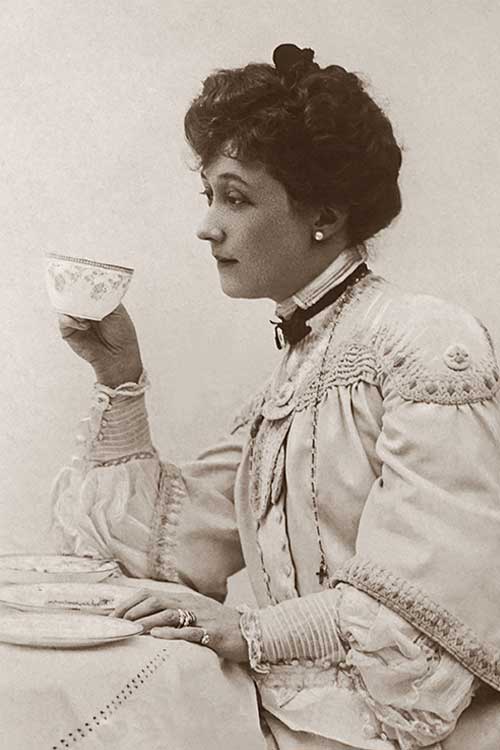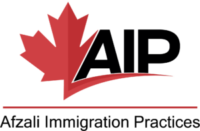Canada’s History
The name “Canada” is derived from the Huron-Iroquois word “Kanata” which means village or shelter. This area later was renamed Canada and appeared on maps. The original inhabitants of Canada were from Asia and then the Europeans moved there.

With the arrival of Europeans and the transmission of diseases, many natives died. With the creation of economic, military and religious relations between the natives and the Europeans over a period of 200 years, a country named Canada was established.
Indigenous Hunting Method
Despite the cold and polar regions, The natives in the north of this land lived by hunting. Hunting whale, deer, bear and hippo were common in the Western Gulf. Fishing was also a common part of their lives. Buffalo hunting was for the central plains. The people of the east of that land were also engaged in agriculture.
The Arrival of Europeans
The first Europeans to enter Canada were the Vikings, but due to their conflict with the natives, they left Canada. No permanent colony was formed in the area until the early 17th century with the arrival of the French. In 1604 French colony established the city of Quebec. They also founded the city of Montreal in 1642, and this new colony was called the “New France”. After France, British people entered the area, and a seven-year conflict between France and Britain begun and Britain eventually won the battle. The British gave Quebec area to the French and allowed them to remain Catholic.
The Arrival of Americans
With the start of the American Revolution in 1775, the United States asked the French colony living in Canada for help, but they refused. So, the United States entered Canada and occupied the city of Montreal, but they were defeated and retreated. After the American Revolution, a group of Americans who remained loyal to Britain immigrated to Canada.
Canada’s Confederation
For the first time in 1867, the three great British colonies of Canada, Nova Scotia and New Brunswick merged to form the territory of Canada and form a democratic state. Since then, Canada has had a powerful central government based in Ottawa. Canada’s first prime minister was Sir John MacDonald.
First World War
As Canada’s foreign affairs were governed by the British Parliament, Canada entered the war in support of Britain in World War I. More than 60,000 Canadians were killed during the war, and there was a rift between the British and French living in Canada. Because the English group wanted to support Britain, while the French opposed it. In 1916, after the war, women were given the right to vote in all Canadian cities except Quebec. In 1940, Quebec approved women’s suffrage. In 1926, Canada became one of the Commonwealth of Independent States, which made Canada more independent from British rule.
Second World War
In September 1939, the Canadian Army declared war on Nazi Germany, raising Canada’s political profile. After the war, Canada had the fourth largest air force and fifth largest navy in the world. In 1967, many people who had lost their country during the war immigrated to Canada, and Canada’s population raised. The Vietnam War also caused many Americans to settle in different parts of Canada. In 1981, with the permission of Queen Elizabeth II, the Quebec Revolution authorized the separation of the Constitution from Britain.
Canada Now
Today, Canada has a democratic federal government, and the Queen plays an important role in the country’s major decisions, especially in foreign affairs and defense policy. The Prime Minister of Canada, Justin Trudeau, has the most political and economic power. He is also the leader of the Liberal Party. Welcoming new immigrants has been a long-standing Canadian policy. The reasons for this can be the large size of the country and its low population.



